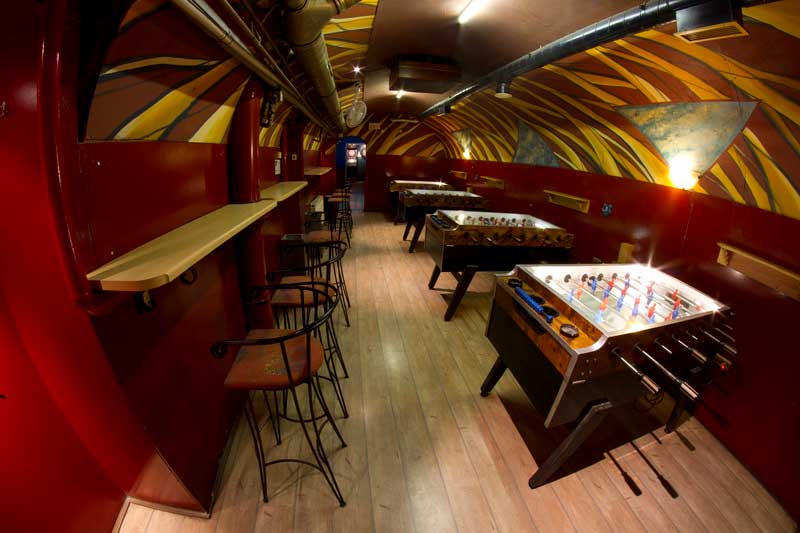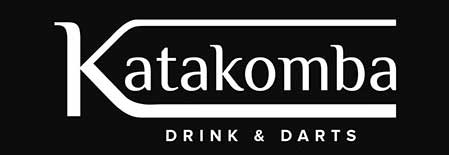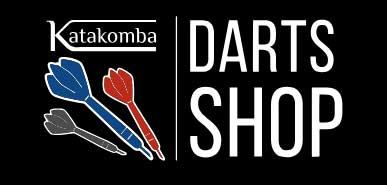
About foosball
The first versions of the game appeared in France and/or Germany in the 1880s and 1890s. Since then, the game has become a sport, with more and more varied tables appearing on the international scene.
The current known version was developed in 1922 and patented in 1931 by Harold S. Thornton. In Hungary, the Italian type tables are currently dominant. It was in the 1990s, when some table football players became regular visitors to foreign tournaments, that contacts began to be established and existing federations assured each other of their cooperation, leading to the official creation in 2002 of the International Federation of National Table Football Associations: the International Table Soccer Federation.
The aim of the game is to get the ball into the opponent's goal by using pieces attached to metal bars. Like all sports, table football has a lot of rules. Some basic rules should be known before playing in bars and pubs.
To start the game, you simply throw the ball through the hole in the side of the table or you can manually insert the ball under the foot of one of the dummies in the middle row (this is what is done at the tournament tables). The other important rule concerns the starting. Here, the opponents can decide by agreement whether the ball must reach the opposite wall after the throw-in before the goal is scored, or whether the team/player who scored the goal starts. If this is the starting ball, the opponents agree or decide on the right to start by tossing a coin. The game shall be won by the first team to reach the predetermined number of goals.
How the game is played In the pubs, the winning team - if they remain at the table - must accept the challenges. If the challenging team reaches 5 goals, they win the game, and if the winning team reaches 6 goals, they win again (there are 10 balls on these tables). Since nowadays it happens that players score a goal by bouncing the ball out of the goal, the rules are changed so that the challenged team must win by at least 2 goals, which is normally 6-4.
There are different sizes of tables; the standard size is 120 cm long and 61 cm wide. There are usually 8 rows of dummies. The dummies can be made of plastic, metal, wood and sometimes even carbon fibre. The dummies are attached to the metal rods mentioned above (this varies depending on the type of table). The team can consist of 1 or 2 people who can control the 4 rows of players.
The rules prohibit rotation, or "spinning", of more than 360 degrees, but shots that describe a full circle are allowed.








